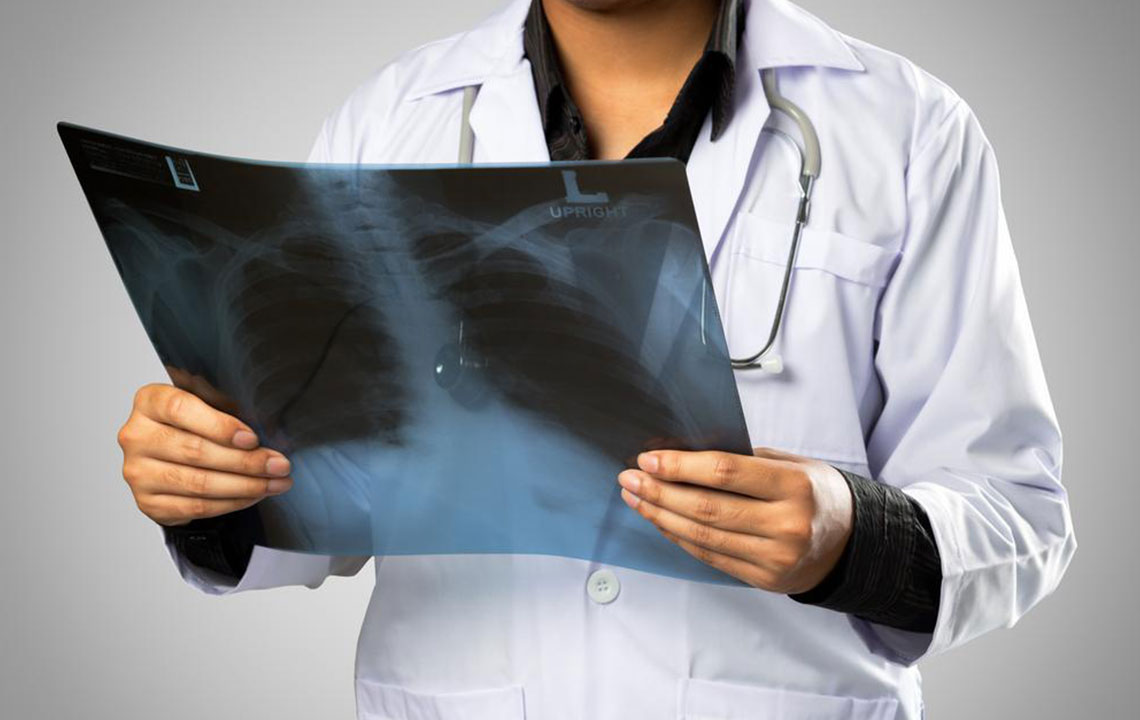Understanding the Stages of Non-Small Cell Lung Cancer and Its Treatment Options
This article offers a comprehensive overview of non-small cell lung cancer, detailing its stages from early to advanced, along with standard treatment options tailored for each stage. It highlights management strategies like surgery, chemotherapy, radiation, and targeted therapies, while discussing potential side effects. Ideal for patients and caregivers, the guide emphasizes the importance of a multidisciplinary approach and personalized care in treating NSCLC at various stages.

Understanding the Stages of Non-Small Cell Lung Cancer and Typical Treatment Strategies
Non-small cell lung cancer (NSCLC) accounts for approximately 85% of lung cancer cases. It has three main subtypes: squamous cell carcinoma, adenocarcinoma, and large cell carcinoma. The cancer's stage depends on its location and spread, including whether it has extended to lymph nodes or other organs. Standard stages include stage 0, I, II, IIIA, IIIB, and IV.
Stages of NSCLC
Stage 0 involves cancer confined to the lining of the airways, without invasion into lung tissue, often treatable with surgery alone.
Stage I features localized tumors within the lungs without lymph node involvement, typically managed with surgery.
Stage II indicates cancer has spread to nearby lymph nodes, but remains within the lung area.
Stages IIIA and IIIB are characterized by spread to lymph nodes on the same side or opposite side of the chest, with IIIB extending above the collarbone or to other organs.
Stage IV is the most advanced, showing metastasis to distant organs.
Treatment for Early-Stage NSCLC (Stages 0 and I)
In stage 0, since the cancer is limited to the airway lining, surgery is usually sufficient without the need for chemotherapy or radiation.
Similarly, in stage I, surgical removal of the tumor or affected lung parts is often effective, and additional therapies are rarely necessary.
Approaches for Stage II and III NSCLC
Patients with stage II may undergo lobectomy or sleeve resection if suitable, and sometimes chemotherapy or radiation are used beforehand to shrink tumors, making surgery easier.
In stages IIIA and IIIB, combinations of chemotherapy, radiation, and surgery are common, requiring multidisciplinary medical team involvement.
Management of Advanced (Metastatic) NSCLC
When NSCLC spreads to other parts of the body (stage IV), treatment shifts from cure to symptom management. Options include targeted therapy, immunotherapy, chemotherapy, radiation, and surgery if feasible, all tailored to the patient's overall health and extent of spread.
Additional palliative procedures like laser therapy or photodynamic therapy are used to ease symptoms.
Possible Side Effects of NSCLC Treatments
Side effects vary depending on treatment stage, dosage, and individual health. Although typically temporary, some effects may persist post-treatment. Common side effects include memory issues, bone problems, blood clots, hair loss, lymphedema, pain, neuropathy, diarrhea, and nausea. Advances in medical care aim to reduce these adverse effects.










